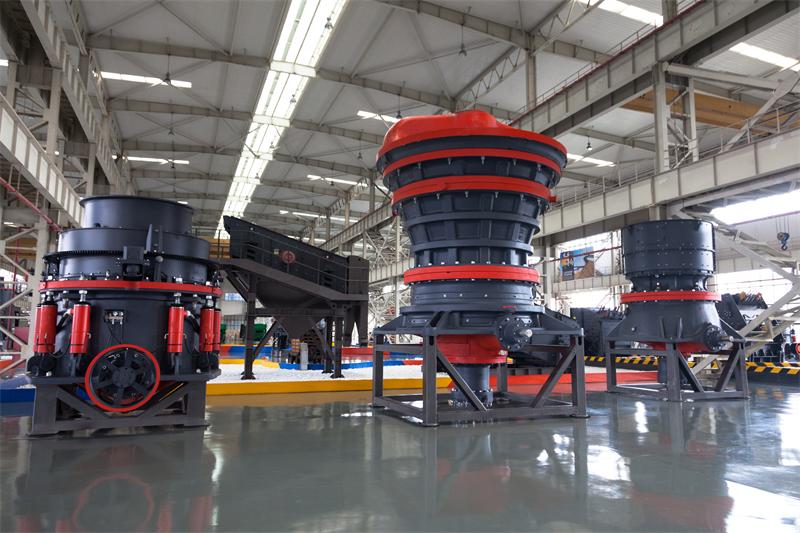Common Crushing Faults in Overseas Mines: Quick Diagnosis and Solutions for Over-Pulverization, Uneven Discharge, and Blockages
This article addresses frequent crushing equipment failures in overseas mining operations—over-pulverization, uneven discharge, and blockages—by analyzing how rock properties such as hardness, moisture content, and particle size distribution influence machine selection and parameter tuning. Using real-world case studies from limestone, granite, and basalt applications, it explains how to match these characteristics with optimal configurations of the CI5X Heavy-Duty Rotor High-Efficiency Impact Crusher, including cavity design, screen gap settings, and feeding methods. The guide offers stage-specific recommendations for primary, secondary, and tertiary crushing, along with practical troubleshooting techniques supported by technical diagrams and flowcharts. Designed for engineers and plant managers at the decision-making stage, this solution-oriented approach enhances system efficiency and stability while maximizing ROI through smart equipment selection and commissioning strategies.

Solving Common Crushing Failures in Overseas Mining Operations
When operating crushing equipment in international mining environments—from the arid deserts of Saudi Arabia to the humid tropics of Indonesia—unexpected breakdowns can halt production and erode profitability. Among the most frequent issues are over-pulverization, uneven discharge, and material blockages. These aren’t just operational nuisances—they’re costly inefficiencies that impact your ROI.
Why Material Properties Matter More Than You Think
Not all rocks behave the same way under pressure. For example:
| Rock Type |
Hardness (Mohs) |
Recommended Crusher |
Avg. Throughput Increase* |
| Limestone |
3–4 |
CI5X Heavy-Duty Impact Crusher |
+18% |
| Granite |
6–7 |
CI5X with optimized rotor design |
+22% |
| Basalt |
5–6 |
CI5X with wear-resistant liners |
+15% |
*Based on field data from 37 global clients using CI5X units between Q1–Q4 2023.
Quick Diagnosis & Real-World Fixes
If your crusher is producing excessive fines (over-pulverization), check these three areas first:
- Is the feed size too small for the current cavity? (Tip: Use a 1:1 ratio between feed and jaw opening.)
- Are the rotor speed and hammer alignment set correctly? (Standard range: 1,200–1,800 RPM depending on rock type.)
- Is there moisture buildup causing sticky particles? (Solution: Add pre-drying or adjust sieve gap by 5–10mm.)
In one case study from Chile’s copper mines, a client reduced downtime by 40% after switching from a standard impact crusher to a CI5X unit with dynamic cavity adjustment—a feature that allows real-time optimization based on ore hardness.
The key takeaway? Don’t treat every rock like it’s the same. A well-tuned system tailored to local conditions doesn’t just prevent failures—it boosts throughput, reduces maintenance costs, and extends machine life.
Your Next Step: See It in Action
Ready to optimize your crushing process? Watch our live demo video showing how CI5X adjusts automatically to changing feed characteristics—and see why operators in over 20 countries now rely on this solution.
See How CI5X Delivers Higher ROI for Your Operation

